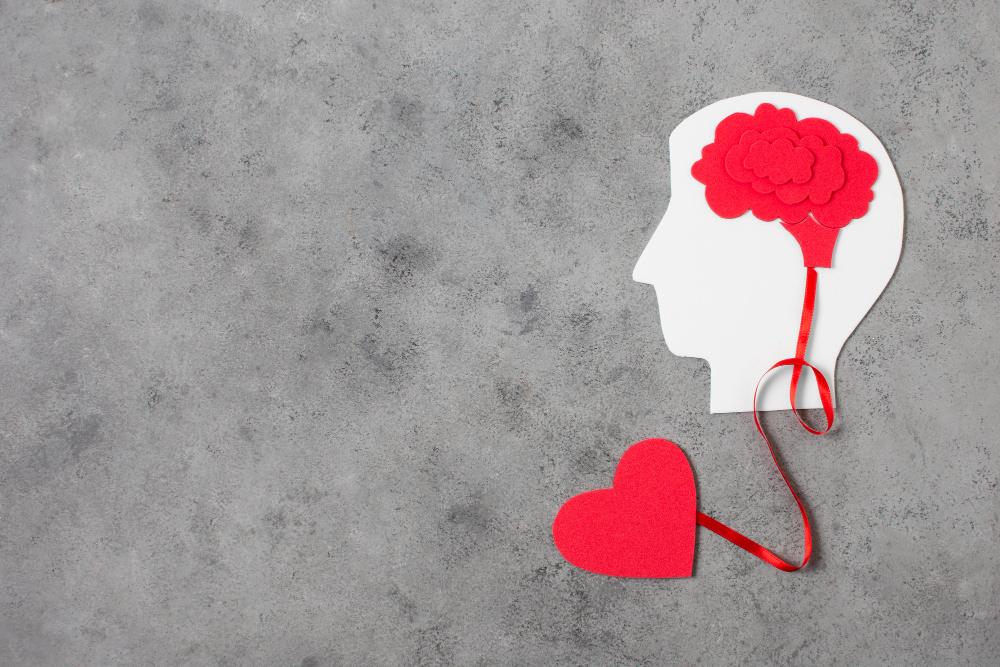Colors have a profound impact on our emotions, perceptions, and behaviors. Among the myriad of colors, red holds a special place in terms of its psychological effects. From passion and excitement to warning and urgency, the color red elicits strong reactions that can influence our mood and decisions. In this article, we delve into the psychology of red, exploring its emotional significance, physiological effects, and the ways in which it shapes our experiences.
The Power of Passion:
Red is often associated with passionate emotions such as love, desire, and romance. Its intense and vibrant nature can evoke feelings of excitement, energy, and sensuality. Studies have shown that exposure to the color red can increase heart rate and blood pressure, mirroring the physiological responses experienced during moments of intense passion. Whether it’s a red dress, a bouquet of red roses, or a vibrant sunset, red has the ability to ignite our passion and create a sense of fervor.
Attention Grabbing:
One of the most remarkable qualities of red is its ability to command attention. Red is a color that naturally stands out in our visual field, drawing our gaze and capturing our focus. This attention-grabbing nature can be attributed to the contrast red creates against its surroundings. Advertisers and marketers often utilize the color red to make their products and messages more noticeable and memorable. From traffic signs to sale tags, the color red demands our attention and prompts us to take action.
Emotional Intensity:
Red is a color that is closely associated with strong emotions and intensity. It can evoke feelings of anger, aggression, and power. In psychological studies, participants exposed to the color red have shown increased levels of arousal and feelings of dominance. The color has the potential to amplify emotional responses and can even influence behavior, making individuals more assertive and competitive. This emotional intensity linked to red makes it a powerful tool for self-expression and communication.
Warning and Urgency:
Red is universally recognized as a color of warning and urgency. This association stems from the color’s prominence in nature, particularly in signals of danger such as fire, blood, and venomous creatures. The psychological impact of red as a warning color is deeply ingrained in our survival instincts. In various contexts, from traffic lights to emergency signs, red serves as a visual cue to alert and prompt us to take immediate action to ensure our safety.
Cultural and Symbolic Meaning:
The psychological effects of red are also influenced by cultural and symbolic meanings attached to the color. In different societies, red can carry diverse connotations. For example, in some Eastern cultures, red symbolizes luck, prosperity, and celebration, while in others, it may signify mourning or political affiliation. These cultural associations add layers of complexity to the psychological impact of red, as our experiences and upbringing shape our interpretation of the color.
Unleashing the Power of Red: Exploring the Psychology Behind its Impact
The psychology of red reveals a captivating blend of emotions, effects, and cultural symbolism. Whether it’s evoking passion, commanding attention, intensifying emotions, or signaling danger, the color red leaves an indelible mark on our psychological experiences. Understanding the psychological impact of red can empower us to harness its power consciously, whether in personal expression, marketing strategies, or creating an environment that influences our emotions. As we continue to explore the intricate relationship between color and psychology, red stands as a testament to the profound ways in which colors shape our perceptions, behaviors, and the world around us.



